Key Takeaways:
-
Silk outperforms satin for skin and hair, improving hydration, reducing friction, and preventing breakouts.
-
Satin is cheaper, but less breathable, less durable, and traps heat and bacteria.
-
Silk regulates temperature, preserves skincare, and prevents creases; satin absorbs moisture.
-
Blissy silk is dermatologist-recommended, clinically tested, and shown to improve skin in 30 days.
Wondering whether silk or satin is better for your skin and hair? The material you sleep on matters more than you think. From moisture retention to friction reduction, your pillowcase can impact skin clarity, hair health, and even sleep quality.
Here’s how silk vs satin really compares—and whether satin is actually good for your skin.
What's the Difference Between Satin and Silk Pillowcases?
There are distinct differences when it comes to satin and silk pillowcases. While they are both woven with smooth finishes, one has quite a few advantages over the other.
Read on to learn more about satin vs silk pillowcases.

Satin vs silk pillowcase: Which is a higher-quality fiber?
The most obvious difference between satin vs silk pillowcases is the price point. Silk is more expensive than satin, and for good reason. Silk is a natural fabric made of protein fibers spun by silkworms.
Silkworms spin cocoons to morph into butterflies. During this process, they need a strong yet flexible fiber. Silk protects the silkworm from the elements, keeping it dry, so silk cannot be absorbent.
Silk truly is a remarkable natural material and is an ideal pillowcase material. It has been a highly prized fabric for thousands of years—going back to ancient China.
But it is now an affordable luxury for many, known not only for its strikingly glossy surface but also its durability.
Satin vs silk pillowcase: Is satin silk?
Quick Fact: Satin actually refers to the weave of the fabric (satin weave) rather than the material it's made from.
Although it's possible for satin to also be silk (usually marketed as "silk satin"), most products marketed as "satin" only are made from synthetic materials like polyester or rayon.
However, for practical purposes, if you do not see the word "silk" next to a product that is marketed as "satin" (look for "silk satin"), you should assume that it is made from synthetic materials.
Synthetic satin has a much lower price point than pure silk. This is because synthetic fabrics are easily and cheaply made.
But you'll find that the synthetic fibers of satin simply don't impart the same benefits as silk fibers. For one, satin's not breathable fabric.
Read on to learn more about the differences between silk fabric and satin fabric.
Further Reading:
Satin or Silk Pillowcase: Silk Pros and Cons

Silk is great for hair health
When considering silk or satin pillowcases, one thing to know is that silk is all-natural and hypoallergenic. It provides excellent benefits for skin and hair, like preventing breakage and calming skin irritation.
A pillow covered in satin also offers some of the same benefits for hair as a silk pillowcase, like managing frizz. But since it lacks the natural proteins found in silk threads, there is a noticeable difference between the two fabrics for hair benefits. Especially when locking in your natural oils and enhancing the shine of your hair strands.
Aside from not getting all the benefits of a silk pillowcase, satin has several disadvantages—including potentially harmful effects. Keep reading to learn what they are.
Further Reading:
Skin benefits of silk pillowcases
When it comes to beauty sleep, silk is great for all skin types including sensitive skin as it prevents clogged pores, breakouts, fine lines, and wrinkles.
Silk repels dust mites that thrive on more common materials which is a major win for your skin and scalp health—as these little suckers are fond of feeding off skin.
Satin, on the other hand, can contribute to skin issues, which we will cover in the section on satin's pros and cons.
What is mulberry silk?
Mulberry silk is the most luxurious fabric in the silk family, composed of proteins from silkworm cocoons with special benefits. Ultra-soft and fine, mulberry silk is moisture-wicking and naturally regulates your body temperature for a deep, more fulfilling slumber.
Silk: The gist of it
Essentially, a silk pillowcase hugely helps your skin, hair, and sleep quality. It reduces friction and won't absorb oils your hair and skin need to be healthy. Silk is a worthy investment when you consider how much the average person spends on beauty products each year.
Silk can be pricey and needs a little more care than satin weave pillowcases. But Blissy makes machine-washable 100% pure silk pillowcases which are just about as easy to care for as other materials.
Silk vs Satin Pillowcase Comparison
| Feature | Silk Pillowcase | Satin Pillowcase |
|---|---|---|
| Material Type | Natural (Mulberry Silk) | Synthetic (Polyester, Nylon, Rayon) |
| Hair Friction | Minimal friction – reduces breakage | Low friction – reduces some frizz |
| Hair Shine & Moisture Retention | Enhances shine, locks in oils | Lacks natural proteins – less effective |
| Skin Benefits | Prevents breakouts, fine lines, wrinkles | Can cause irritation, acne, doesn’t regulate moisture |
| Hypoallergenic | Yes – naturally hypoallergenic | No – synthetic and chemically treated |
| Durability | Long-lasting with proper care | Less durable – may need replacing often |
| Temperature Regulation | Excellent – breathable and cooling | Poor – traps heat and moisture |
| Eco-Friendliness | Sustainable production | Typically not eco-friendly |
| Price | Higher cost | Lower cost |
| Ease of Care | Requires gentle washing – Blissy is machine washable | Generally easier to wash |
Satin vs Silk Pillowcase: Satin Pros and Cons 
What Is Satin?
Satin pillowcases are made of polyester, nylon, or rayon and are easier to manufacture, which makes them cheaper and more affordable. Satin pillowcases may be cheaper than real silk, but satin isn't very durable—meaning it may need replacing more often.
Satin may have some benefits for hair
Satin pillowcases may benefit your hair by reducing frizz since both silk and satin are low-friction, unlike cotton. But depending on your hair type, satin pillowcases may not cut it when managing hair.
Is Sateen the Same as Satin?
Sateen and satin are not the same - sateen is a cotton fabric with a satin-like finish created through a specific weaving technique, while true satin is traditionally made from silk fibers using a satin weave.
Satin can have negative effects on skin
Satin can be bad for the skin. Polyester and other synthetic fibers do not allow the skin to breathe. That means the skin is easily irritated due to the heat and moisture because it does not regulate body temperature.
People sleeping on satin usually sweat more, causing oil production that can produce and promote acne. Satin is also rougher and dull on one side while silk is smooth on both sides.
Contrary to what some satin pillowcase companies try to tell you, satin has no benefits for skin, unlike silk, which benefits skin.
Satin is not naturally hypoallergenic like real silk. It can be disastrous for sensitive skin due to harsh chemicals involved in its manufacturing. This manufacturing process is also bad for the environment whereas the silk process is far more sustainable.
Further Reading:
Satin or Silk Pillowcase Verdict: Silk Wins

Cotton pillowcases do the worst damage to the hair, but in the quest to determine the satin vs silk pillowcase debate, silk is still the better choice than satin.
Real silk (vs. fake silk) contains proteins, while satin is synthetic and made with chemicals. Silk’s proteins provide natural protein fiber-produced nutrients that improve the look and feel of hair.
With silk pillowcases, the likelihood of hair breakage and split ends is lessened, making it the go-to for anyone looking for a break from materials that are hard on the hair.
Having the right bed linens for your pillow makes a difference in hair, skin, and sleep quality. Understanding the benefits of silk pillowcases has made them the personal preference of many.
Sleeping on fabrics with bedtime breathability issues can result in irregular sleep patterns, night sweats, skin rashes, oil build-up, and more.
So when it comes to silk and satin, make sure to choose the right pillowcase!
Now That You Know What to Look For in a Silk Pillowcase...

If you're looking to upgrade your bedtime routine, it's time to retire your satin or cotton pillowcase and switch to a silk pillowcase. There are a few dozen types of silk brands that offer silk pillowcases. But we recommend looking for a pillowcase made from grade 6A 100% pure mulberry silk and has a thickness of 22-momme.
Browse Blissy's website today to shop for the highest-quality silk pillowcases and find skin-deep beauty sleep today!



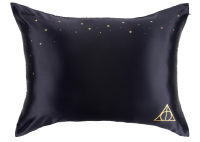
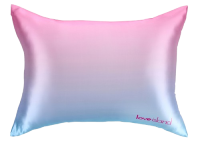
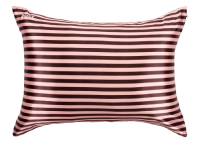
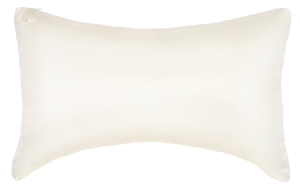


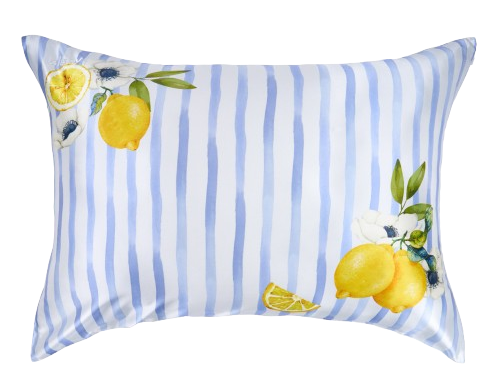
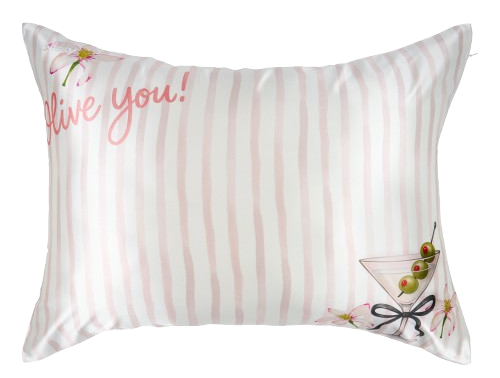
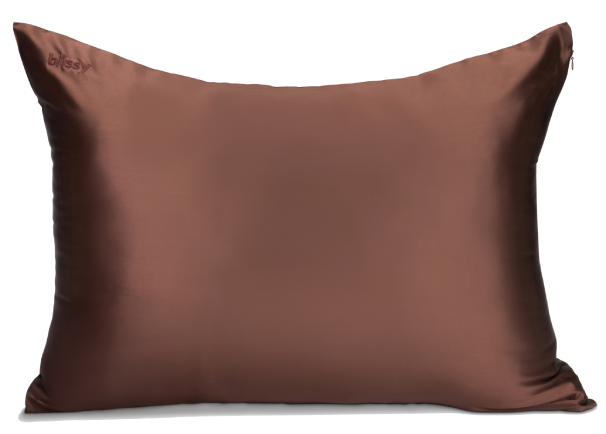


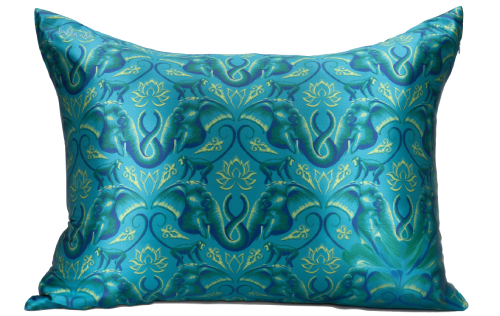






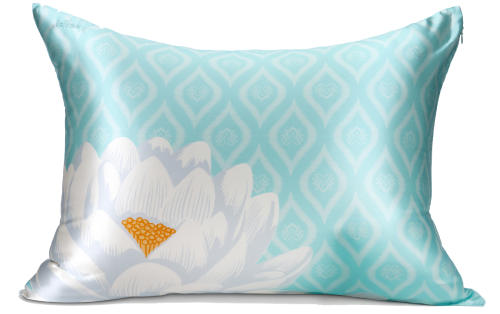








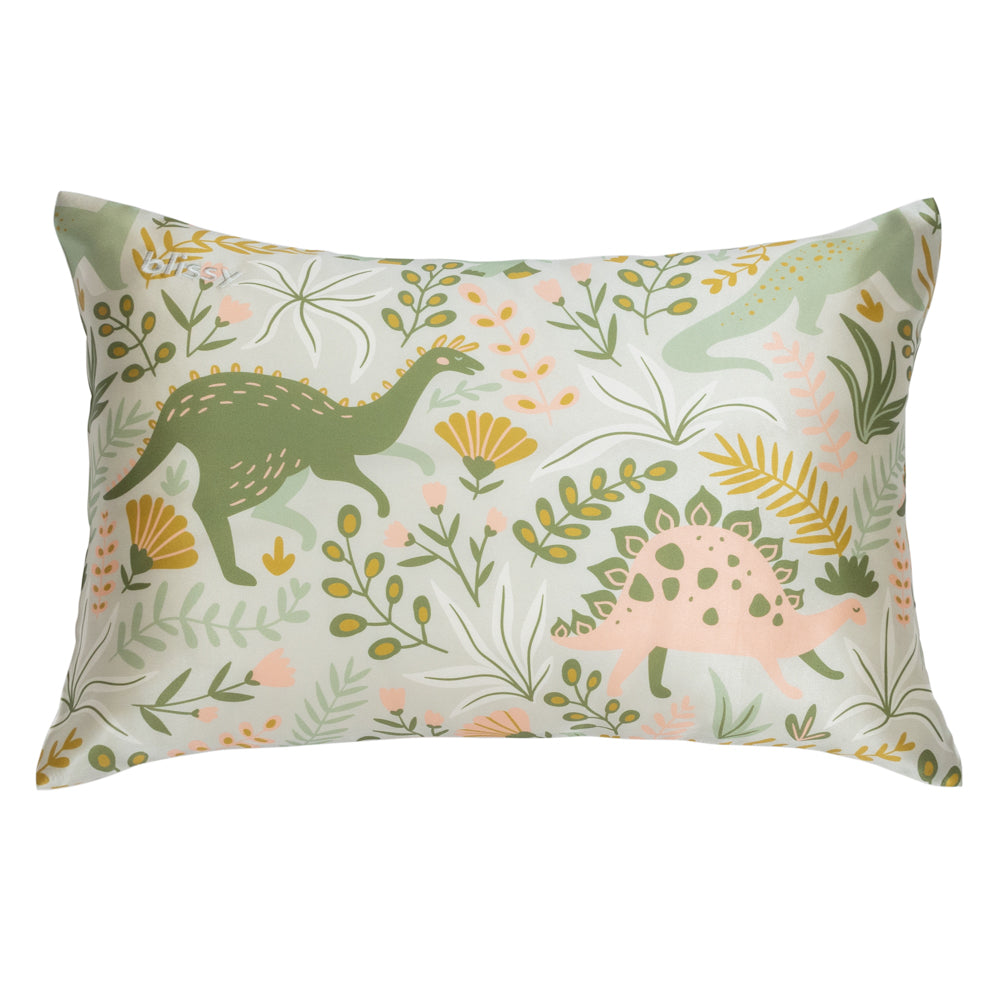


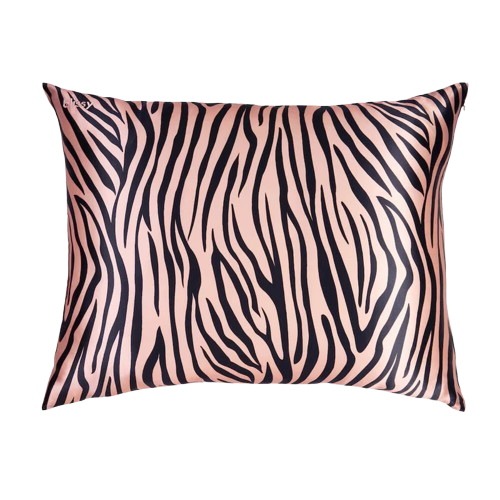







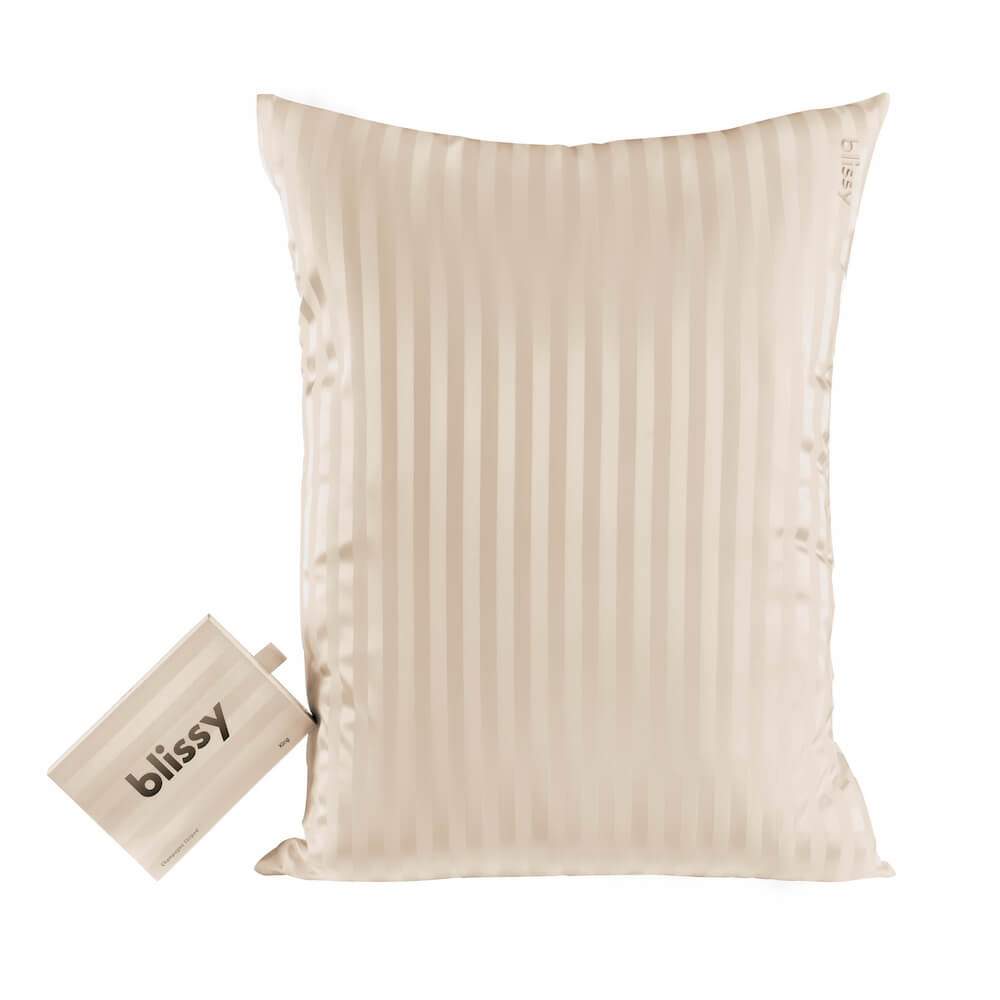




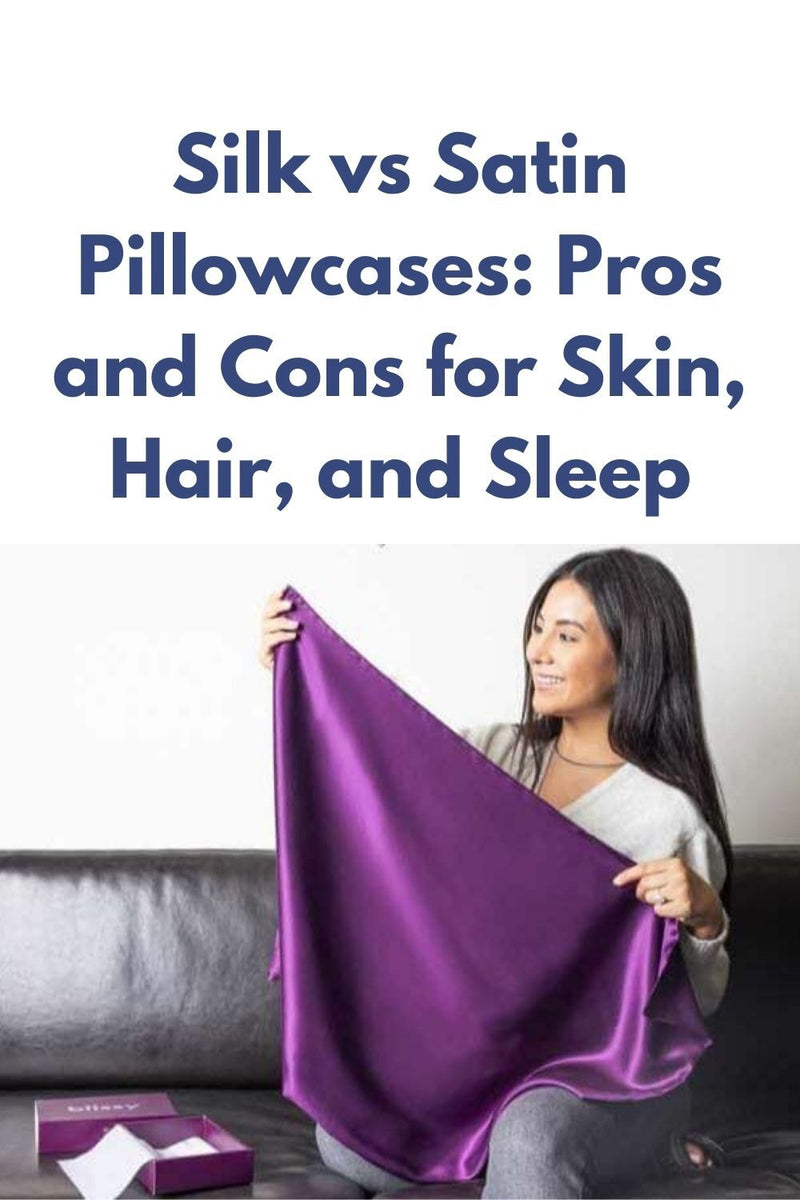 We compare silk vs satin for hair, skin, and sleep—based on science and expert input.
We compare silk vs satin for hair, skin, and sleep—based on science and expert input.









